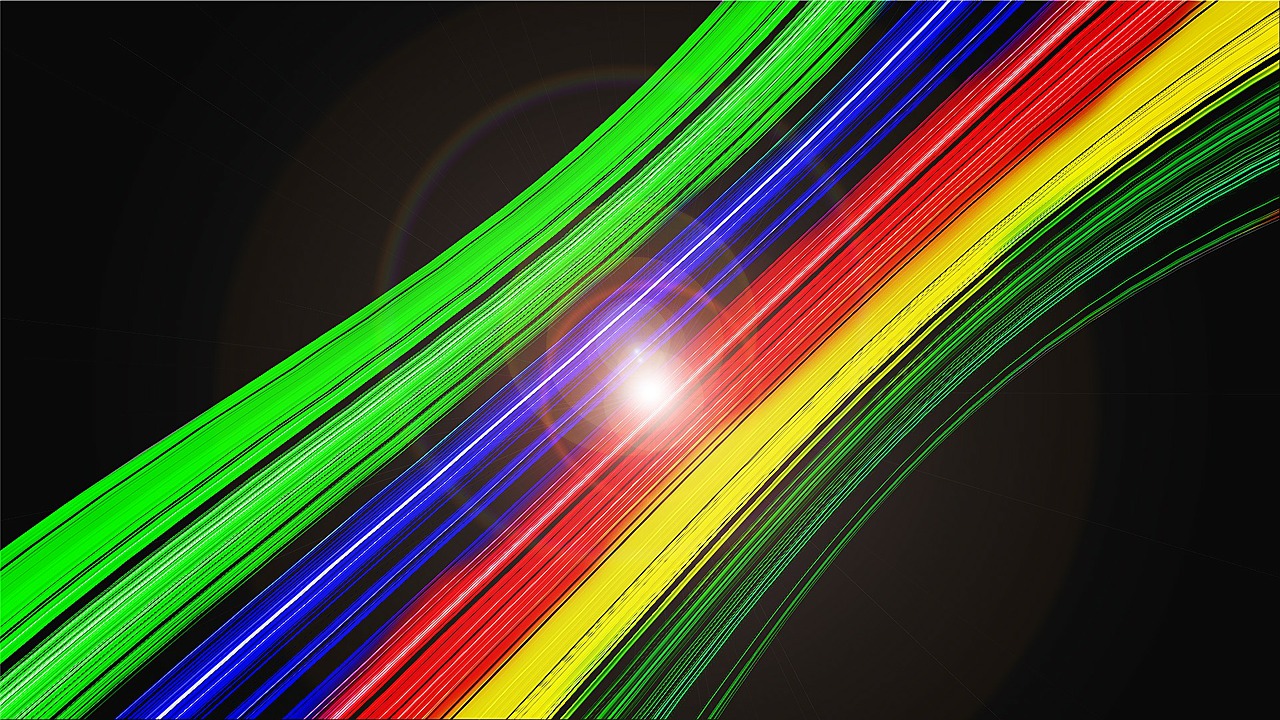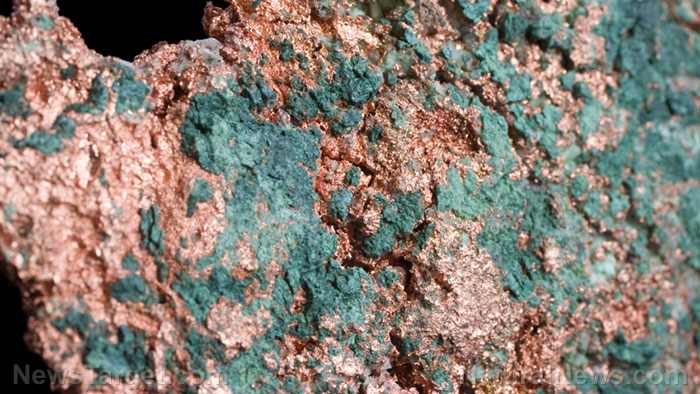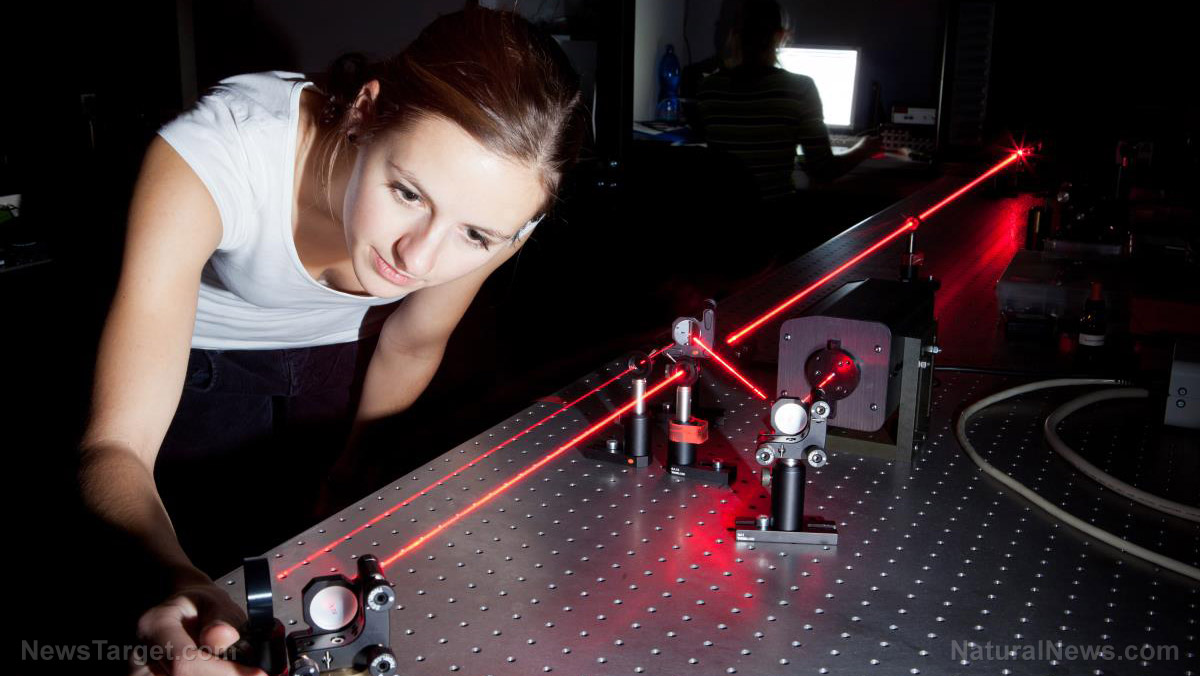Breakthrough in invisibility technology: Scientists have created a material that allows light waves to pass straight through
10/03/2017 / By Michelle Simmons

Scientists developed a new idea for invisibility technology that would allow light waves to pass straight through a special material without any obstruction, as reported by Science Daily.
Researchers from University of Technology (TU Wien) in Vienna, together with colleagues from Greece and the United States, discovered a new idea for cloaking technology in which a completely opaque material is irradiated from above with a specific wave pattern — with the effect that light waves from the left can now pass through the material.
The discovery can be applied to different kinds of waves and it should work with sound waves just as well as with light waves.
“Complex materials such as a sugar cube are opaque, because light waves inside them are scattered multiple times,” explained Stefan Rotter, a TU Wein professor. “A light wave can enter and exit the object, but will never pass through the medium on a straight line. Instead, it is scattered into all possible directions,” he said.
The researchers at TU Wien did not want to reroute the light waves, nor did they want to restore them with additional displays.
“Our goal was to guide the original light wave through the object, as if the object was not there at all. This sounds strange, but with certain materials and using our special wave technology, it is indeed possible,” said Andre Brandstötter, one of the authors of the study.
The material that the researchers are working on are optically active materials, which are used for building lasers. This means that when it is energized, it will shine. Otherwise, the laser material behaves just like any other material — it absorbs part of the incident light. Controlling how it shines can allow incidental light to pass right through it.
“The crucial point is to pump energy into the material in a spatially tailored way such that light is amplified in exactly the right places, while allowing for absorption at other parts of the material,” said Konstantinos Makris, a professor from the University of Crete.
Makris further explained that in order to achieve the process, a beam with exactly the right pattern has to be projected onto the material from above, similar to a standard video projector, but with a much higher resolution.
If the pattern corresponded correctly to the inner irregularities of the material which usually scatter the light, then the projection from above can effectively switch off the scattering. In addition, another beam of light traveling through the material from one side can pass without any obstruction, scattering, or loss.
“Mathematically, it is not immediately obvious that it is at all possible to find such a pattern,” said Rotter.
“Every object we want to make transparent has to be irradiated with its own specific pattern — depending on the microscopic details of the scattering process inside. The method we developed now allows us to calculate the right pattern for any arbitrary scattering medium,” he added.
The method worked as they tested it in computer simulations, but it was not yet tested on practical experiments. Rotter is confident that the method will work and the team already started discussing it with experimentalists.
He mentioned that they will test the technology with sound waves first, instead of light, as they are easier to hand in experiments. Moreover, the difference does not matter significantly based on a mathematical point of view. (Related: Vibrational medicine breakthrough: new technology uses sound waves to conduct surgery without scalpels or stitches.)
This breakthrough in the cloaking technology opened new possibilities for active camouflage in the military.
Throughout the years, many researchers had attempted to create a “cloak of invisibility.” For example, scientists from the United Kingdom suggested a way to make curved surfaces invisible. The study demonstrated how a so-called “surface wave cloak” can make curved surfaces appear flat when they come into contact with electromagnetic waves.
Read more news like this at FutureScienceNews.com.
Sources include:
Tagged Under: camouflage, cloaking technology, discover, Invisibility, light waves, military application, optically active material, science



















